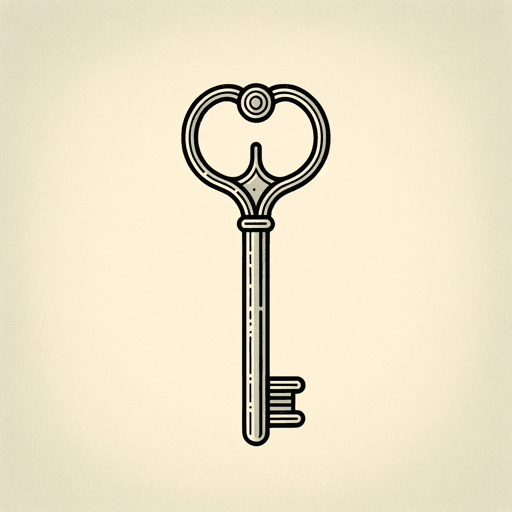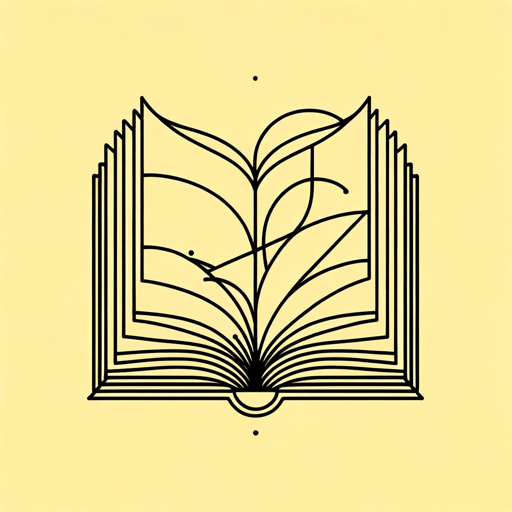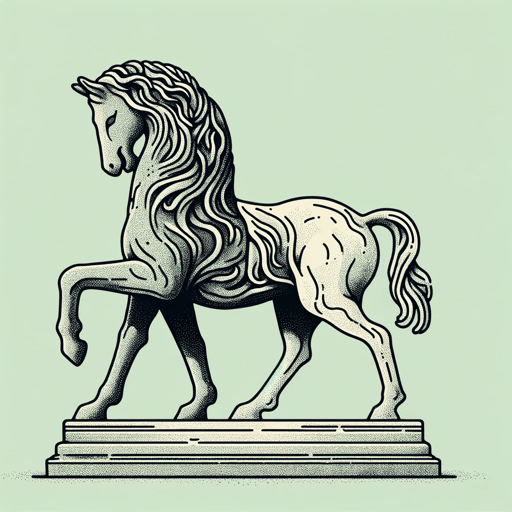29 pages • 58 minutes read
Jorge Luis BorgesThe Library of Babel
Fiction | Short Story | Adult | Published in 1941A modern alternative to SparkNotes and CliffsNotes, SuperSummary offers high-quality Study Guides with detailed chapter summaries and analysis of major themes, characters, and more.
Symbols & Motifs
Labyrinths
Labyrinths are a recurring theme in Jorge Luis Borges’s literature (a 1962 collection compiling several of his short stories and essays was entitled Labyrinths), acting as symbols of the futility of searching for meaning and patterns in the universe. His stories feature physical labyrinths, but in their complex narrative structure, they are themselves labyrinthine, resisting easy categorization and universal explanations.
While the physical maze and the labyrinthine narrative structure are evident in many of Borges’s stories, in “The Library of Babel,” the Library represents a different kind of labyrinth—a labyrinth of knowledge, language, and infinite possibilities. The seemingly limitless shelves and incomprehensible texts within the Library evoke a sense of being lost in a labyrinth of information: “I declare that the Library is endless” (Paragraph 2). In both cases, whether within a physical maze or the boundless Library, Borges invites readers to contemplate the profound mysteries of existence and the limits of human understanding. Just as the labyrinth symbolizes death in some of Borges’s tales, the Library symbolizes the vastness of the unknown and the eternal quest for meaning and knowledge, echoing the labyrinth’s theme of existential challenge and exploration.
Related Titles
By Jorge Luis Borges

Borges and I
Jorge Luis Borges

Ficciones
Jorge Luis Borges

In Praise of Darkness
Jorge Luis Borges

Pierre Menard, Author of the Quixote
Jorge Luis Borges

The Aleph
Jorge Luis Borges

The Aleph and Other Stories
Jorge Luis Borges

The Book of Sand
Jorge Luis Borges

The Circular Ruins
Jorge Luis Borges

The Garden of Forking Paths
Jorge Luis Borges

